There are many technical terms in photography that can make an eager beginner run a mile. Our simple photography jargon buster is going to break down those walls and give you the beginner’s guide to basic photography terms.
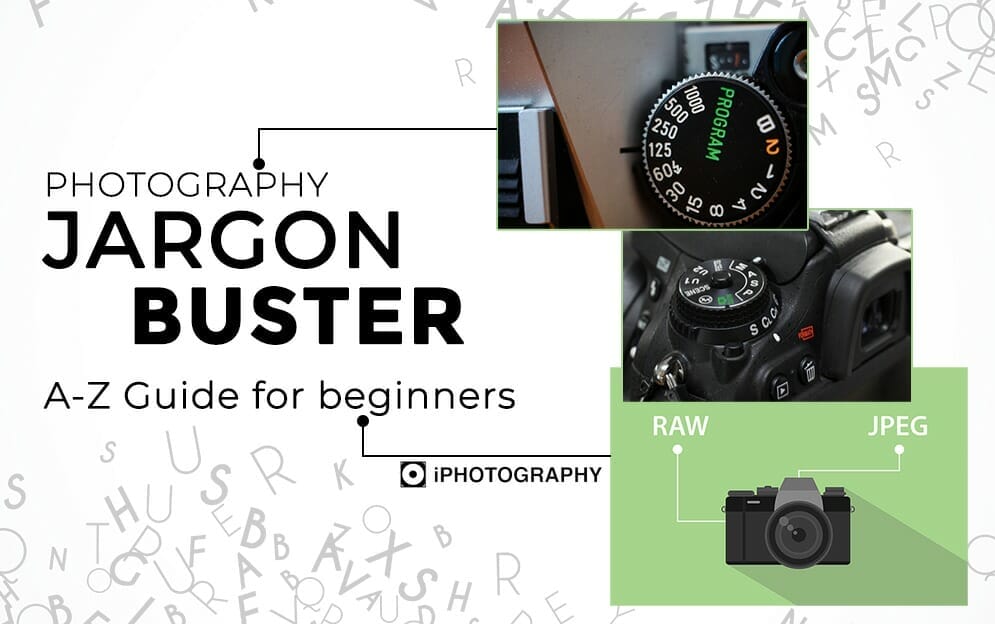
Aperture: An opening made by an adjustable diaphragm, which permits light to enter the camera lens and reach the camera’s sensor.
Aperture Priority (A/Av): A semi-automatic exposure mode; the photographer sets the aperture, and the camera selects the appropriate shutter speed to produce a good exposure.
Auto mode: A digital camera mode where both the aperture and shutter speed are set automatically.
Autofocus: A camera setting that allows the camera to choose the correct focus distance for you, usually based on the contrast of an image or set by a mechanism, such as an infrared sensor, that measures the actual distance to the subject.
Backlighting: A lighting effect is produced when the main light source is located behind the subject. Backlighting is also a technology for illuminating an LCD display from the rear, making it easier to view under high ambient lighting conditions.
Bracketing: Bracketing is the process of taking a series of photographs (normally 3-7) of the same subject at different exposure settings to help improve the overall dynamic range.
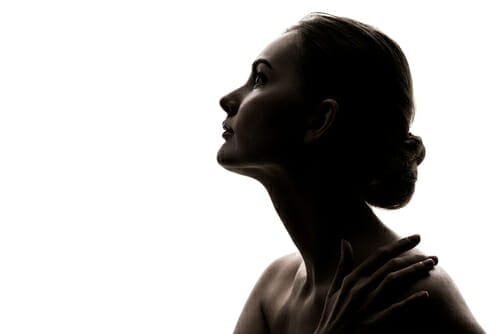
Composition: Composition is the arrangement of the main subject, other objects in a scene, and/or the foreground and background.
Depth of Field: The zone of sharp focus in a photograph.
Drive Mode: Setting that determines whether a camera takes a single picture or a series of pictures (frame burst).
Dynamic Range: The difference between the darkest and lightest tones in an image, generally the purest black to the purest white.
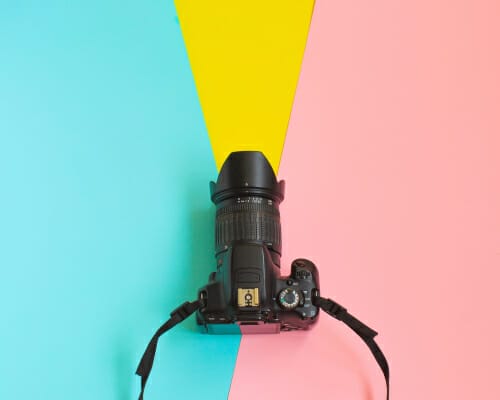
Exposure: Exposure is the amount of light allowed to reach the sensor, determined by the intensity of the light, the amount admitted by the iris of the lens, and the length of time determined by the shutter speed.
Exposure Compensation: A setting used to increase or decrease the exposure manually when the camera gets it wrong.
Exposure Value (EV): EV settings are a way of adding or decreasing exposure without the need to reference f-stops or shutter speeds. For example, if you tell your camera to add +1EV, it will provide twice as much exposure by using a larger f-stop, slower shutter speed, or both.
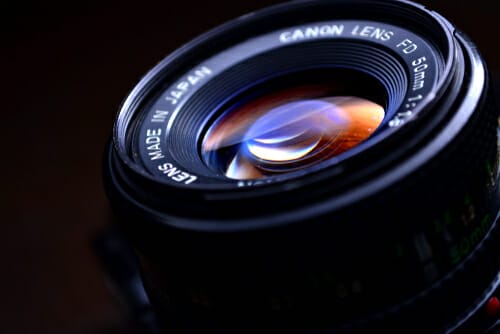
Fill-in Flash: Also called forced flash. A camera setting that causes the electronic flash to always fire, produces the effect of filling in shadows in brightly illuminated images.
Filter: In photography, a device that fits over the lens, changing the light in some way. In image editing, a feature that changes the pixels in an image to produce blurring, sharpening, and other special effects.
Flash: A device on your camera that fires a burst of light when you take a picture to illuminate your subject. Sometimes called a strobe.
Flash bracketing: Capturing a series of photos, each with a different exposure, by pressing the camera’s shutter button once.
Focal length: The distance between the film and the optical centre of the lens when the lens is focused on infinity, usually measured in millimetres.
Focus: To adjust the lens to produce a sharp image.

Histogram: A graph that maps out brightness values in a digital image; usually found inside exposure-correction filter dialogue boxes. Histograms are displayed on the back of most DSLR and Mirrorless cameras.
Image sensor: A digital camera’s solid-state capture device, made up of a grid-like arrangement of red, green and blue-sensitive elements.
Image Stabilization: Setting that helps correct any up-and-down movement you make while pressing the shutter button.
ISO: Traditionally, a measure of film speed; the higher the number, the faster the film. On a digital camera, raising the ISO allows faster shutter speed, smaller aperture, or both, but also can result in a grainy image.

JPEG/JPG: Pronounced ‘jay-peg’. The primary file format used by digital cameras. It’s also the leading format for online and Web pictures. Uses lossy compression, which sometimes damages image quality.
JPEG+RAW: A camera setting that creates both a Camera Raw file and a JPEG file of a picture.
Macro lens: A lens that provides continuous focusing from infinity to extreme close-ups, often to a reproduction ratio of 1:2 (half life-size) or 1:1 (life-size).
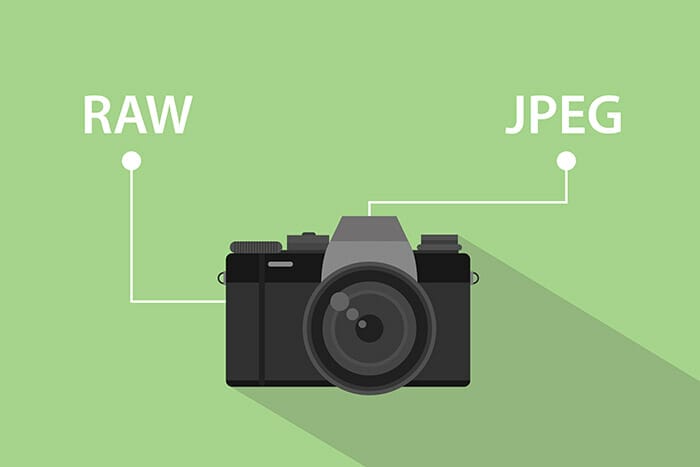
Noise: A by-product of over brightened pixels on a camera’s sensor. Caused by an increase in sensor sensitivity which is controlled by the ISO setting. Noise (or grain) reduces overall image quality, depending upon the desired effect.
Overexposed: When too much light hits the camera’s film or image-sensor array, resulting in a washed-out image.
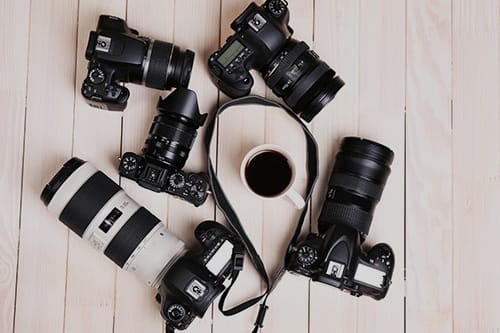
Rule of Thirds: A way of mentally dividing your picture horizontally and vertically into thirds, then placing important subject matter where these lines intersect.
Scene modes: Digital camera’s special picture-taking modes that are designed to automatically set all the available focus and exposure controls for a certain type of subject matter.
Self-timer: Mechanism that delays the opening of the shutter for some seconds after the release has been operated.
Shutter: The device in a camera that opens and shuts to allow light into the camera.
Shutter button: The button on your digital camera that you press to take a picture.
Shutter speed: Shutter speed is the length of time that the camera shutter remains open, thereby allowing light to enter the camera and expose the photograph.
Shutter Priority (S/Tv): A semi-automatic exposure mode in which the photographer sets the shutter speed and the camera selects the appropriate aperture.
Single auto-focus: A setting in which the camera focuses on a single object.
Spot metering: A metering mode that bases exposure on the light in the centre of the frame only.
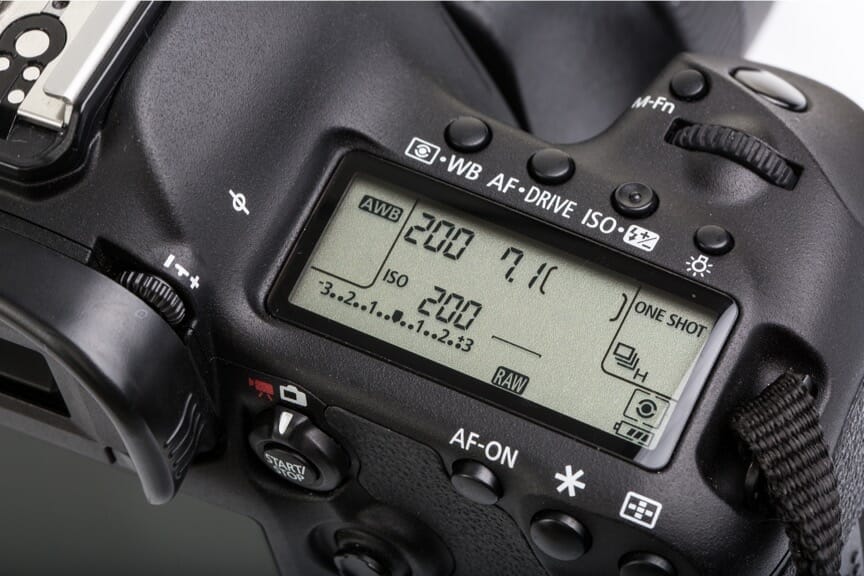
Telephoto Lens: A lens that magnifies an image by having a long focal length, over 200mm.
Underexposed: When too little light hits the camera’s film or image-sensor array, creating an image that’s too dark.
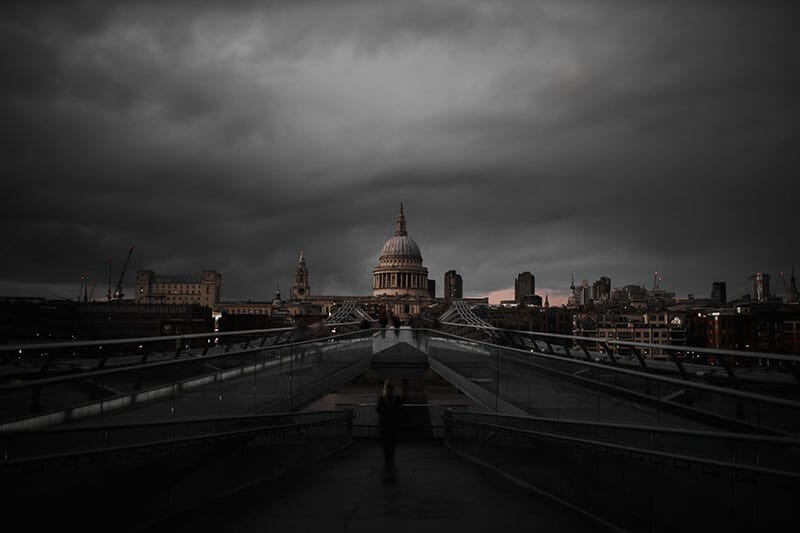
Wide Angle Lens: A lens that has a shorter focal length (under 30mm) and a wider field of view than a normal lens for a particular film or digital image format.
Zoom Lens: A lens that can change focal lengths at your command to provide more or less magnification of the image.
Have you heard another photography word that you need to explain? Let us know and we’ll add it to our photography jargon buster for others to discover.
Shooting sunsets using amazing 5-in-1 magnetic lens filters from Kentfaith, the 1st choice for photo & video products.
Popular memory cards for photography – what’s the best SD card for your digital camera? Choose the right capacity and class speed in our guide
Discover the BEST way on how to clean a camera sensor using swaps, rocket blowers and pencil brushes to give your shots a dust-free finish!
Learn the basics of photography – fast – with our FREE 60-Second Photographer online course. Each class is short and sharp with simple, actionable steps that give you immediate results.
x 30 lessons

© iPhotography™
Become a confident and competent photographer in less than 30 minutes!
Before you leave, make sure you’ve secured your FREE online photography course (worth £29.99)
Each class is just 60-seconds or less making it the fastest and easiest way to learn photography!